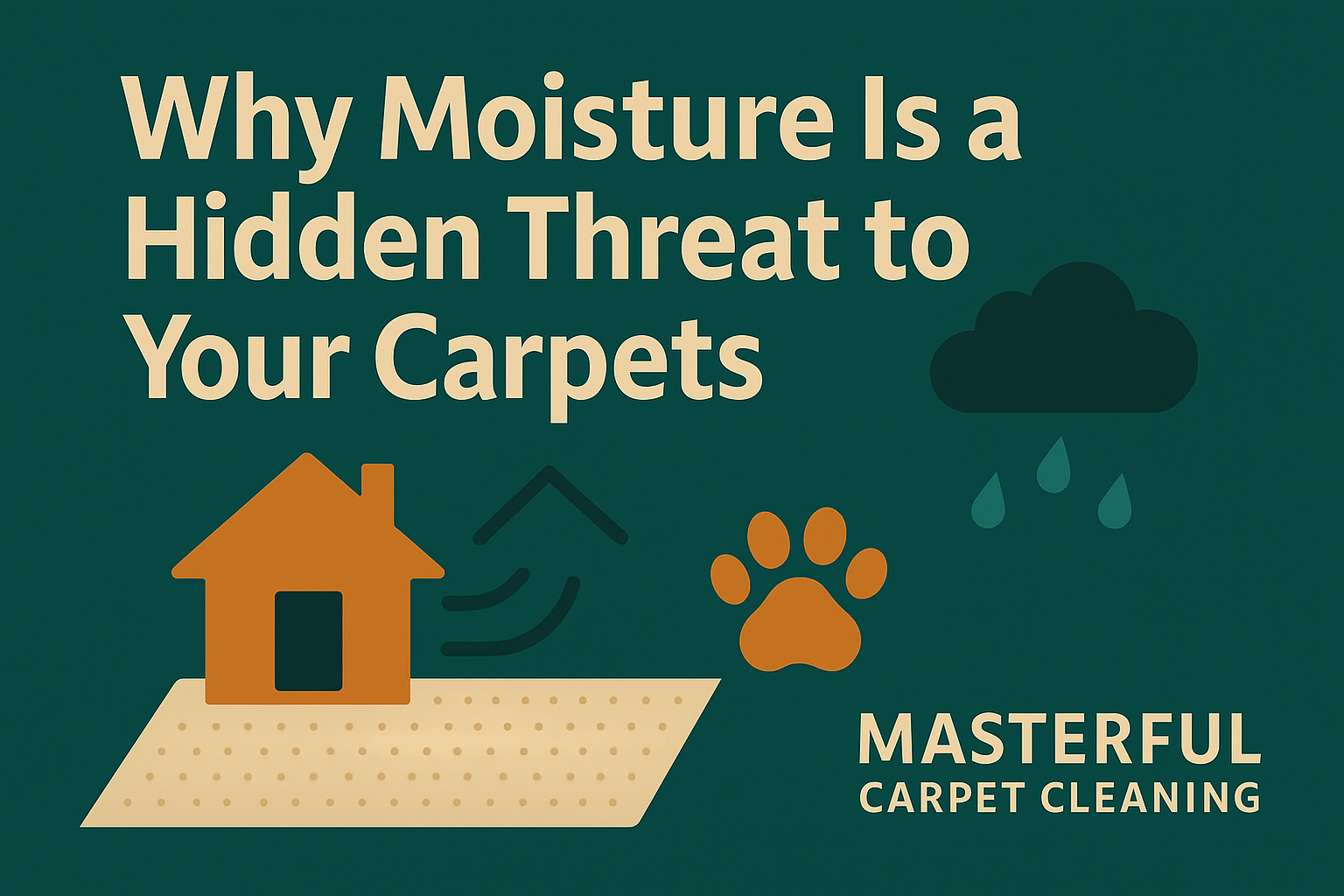The Art of Patching: A Comprehensive Guide to Carpet Repair

Carpet patching is a specialized repair technique that involves replacing a damaged section of your carpet with a matching piece, usually taken from a hidden area like a closet. This method is beneficial for addressing issues such as stains, burns, or tears that are too extensive for simpler repair methods.
Why is Patching Important in Carpet Repair?
Patching is not just a quick fix; it’s a cost-effective and efficient way to extend the life of your carpet. Instead of replacing the entire carpet, which can be expensive and time-consuming, patching allows you to target specific problem areas. This makes it an essential technique in the broader field of carpet repair.
Importance of Repair and Introduction to Patching
Maintaining a carpet is not just about regular cleaning; it also involves timely repairs. Patching stands out as a subset of repair techniques that can save you money while preserving the aesthetics and functionality of your carpet.
Whether you’re a DIY enthusiast or considering hiring a professional, understanding the art of patching can be incredibly beneficial.
Preparing the Carpet
Before patching, it’s important to clean the carpet and isolate the area that needs repair. Proper preparation sets the stage for a successful patching job, ensuring that the adhesive sticks well and that the patch blends seamlessly with the rest of the carpet.
Cleaning the Carpet
Yes, cleaning is necessary before you start patching. Any dirt, debris, or loose fibers can interfere with the adhesive and compromise the quality of the patch job.
Start by vacuuming the area thoroughly to remove any loose dirt. For stubborn stains or embedded dirt, consider using a carpet cleaner or a mild detergent. Make sure the area is completely dry before moving on to the next step.
Isolating the Area
Isolating the area you plan to patch is key for a focused and effective repair job. Start by moving any furniture or obstacles away from the area.
Use painter’s tape or markers to outline the section that needs patching. This not only helps you work more efficiently but also prevents any accidental damage to other parts of the carpet.
Common Mistakes to Avoid
While the preparation steps may seem straightforward, there are common mistakes that you should avoid:
- Skipping the Cleaning Process: Neglecting to clean the carpet can result in a poor adhesive bond and a patch that doesn’t blend well.
- Inadequate Area Isolation: Failing to properly isolate the patching area can lead to mistakes that affect other parts of the carpet.
By avoiding these pitfalls, you significantly improve the chances of a successful patching job.

The Step-by-Step Guide to Patching
Patching a carpet may seem like a daunting task, but with the right tools and a bit of patience, it’s something you can do yourself. Here’s a detailed guide to walk you through each step of the process.
- Step 1: Identify the Damaged Area
Before you can begin patching, you need to identify the damaged area of the carpet. Look for signs of wear, tear, or discoloration. Once you’ve found the spot, mark the boundaries using chalk or masking tape.
- Step 2: Measure the Area
Use a measuring tape to get the dimensions of the damaged area. Make sure to add an extra inch on each side; this will help you when you’re cutting the patch and fitting it into place.
- Step 3: Cut the Patch
Find a piece of carpet that matches the one you’re repairing. Using a pair of sharp scissors or a utility knife, cut out a patch that is slightly larger than the damaged area.
How do I cut and place the patch?
When cutting, make sure the direction of the carpet fibers aligns with the piece you’re patching. This ensures a seamless fit.
- Step 4: Prepare the Area
Vacuum the damaged area to remove any loose fibers and debris. If the area is stained, consider cleaning it before you proceed to ensure the adhesive sticks properly.
- Step 5: Apply Adhesive
Apply a thin layer of carpet adhesive or double-sided carpet tape to the damaged area. Make sure to spread it evenly for a secure fit.
- Step 6: Place the Patch
Carefully align the patch over the adhesive area, ensuring that the pattern and direction of the fibers match. Press down firmly to secure it in place.
- Step 7: Roll It Out
Use a carpet roller or a heavy cylindrical object to press down on the patch. This helps it adhere securely to the existing carpet.
- Step 8: Trim Excess
If you notice any excess material sticking out, trim it carefully with a pair of scissors to make the patch flush with the rest of the carpet.
- Step 9: Blend the Patch
Use a carpet brush to blend the newly patched area with the surrounding carpet. This helps to make the repair less noticeable.
- Step 10: Let it Dry
Allow the patch to dry completely before walking on it. This usually takes about 24 hours, depending on the type of adhesive used.
Can I patch a carpet myself?
Absolutely, with the right tools and this guide, you can successfully patch a carpet yourself. If the damage is extensive or you’re not comfortable doing it yourself, it’s advisable to seek professional help.
By following these steps, you’ll find that patching a carpet is a straightforward process that can save you the cost of a full carpet replacement. Whether you choose the DIY route or opt for professional service, understanding the process empowers you to make the best decision for your home.

Mistakes in Carpet Patching and How to Avoid Them
Carpet patching may seem like a straightforward task, but even the smallest errors can lead to unsatisfactory results. Whether you’re a DIY enthusiast or a professional, avoiding common mistakes is the key to a successful repair.
Improper Cutting
One of the most common mistakes in carpet patching is improper cutting. Cutting without precise measurements can result in a patch that doesn’t fit well, making the repair noticeable.
- Tip: Always measure twice and cut once. Use a ruler or measuring tape to ensure you’re cutting the patch and the damaged area accurately.
Incorrect Adhesive Application
Another frequent error is the incorrect application of adhesive. Using too much can make the patch soggy, while too little may cause it not to stick properly.
- Tip: Apply a moderate amount of adhesive and spread it evenly across both the patch and the damaged area. Make sure to follow the manufacturer’s guidelines for the best results.
Mismatched Carpet Patterns
A patch that doesn’t match the existing carpet can be a glaring mistake. This can happen when you use a patch from a different carpet or a different section of the same carpet where the color has faded.
- Tip: Whenever possible, use a patch from a leftover piece of the same carpet. If that’s not available, try to take a piece from an inconspicuous area like a closet.
Ignoring Pile Direction
Not aligning the pile direction of the patch with that of the existing carpet can repair stand out.
- Tip: Before adhering, make sure the pile direction of the patch matches that of the existing carpet. This will help the patch blend in seamlessly.
Rushing the Process
In the eagerness to finish, some people don’t give the adhesive enough time to dry, leading to a patch that may come loose over time.
- Tip: Patience is key. Follow the adhesive manufacturer’s guidelines for drying time to ensure a firm bond.
Best Practices for Error Prevention
To further ensure the success of your carpet patching project, here are some additional best practices:
- Test the Adhesive: Always test the adhesive on a small, hidden area before applying it to the patch.
- Use Sharp Tools: Dull tools can fray the carpet. Make sure your scissors or knife are sharp.
- Clean the Area: A clean surface will help the adhesive stick better. Make sure the area is free of dirt and debris before starting.
By being aware of these common mistakes and following the tips and best practices outlined here, you’re well on your way to a successful carpet patching project.

Aftercare and Maintenance of Patched Carpets
Once you’ve successfully patched your carpet, the job isn’t over yet. The longevity of the patch and the overall health of your carpet depends on proper aftercare and maintenance.
How to Care for a Patched Carpet
The first 48 hours after patching are critical. It’s best to avoid walking on the patched area and keep it free from any furniture or heavy objects. This allows the adhesive to set properly and ensures the patch bonds well with the rest of the carpet.
For ongoing care, vacuum the patched area at least once a week. This not only keeps the patch clean but also helps it blend in with the rest of the carpet.
If the patch gets stained, use a mild detergent and a soft cloth for spot cleaning. It’s important to avoid using harsh chemicals, as they can cause the adhesive to break down and shorten the lifespan of the patch.
Is Special Maintenance Required for Patched Areas?
While the patched area doesn’t require any special treatment, it’s a good idea to pay extra attention during your regular carpet cleaning routines. For example, when cleaning the carpet, use a low-moisture method to prevent the adhesive from loosening. This will help maintain the integrity of the patch over time.
Can Proper Aftercare Extend the Life of the Patch?
Proper aftercare can significantly extend the life of your carpet patch. By following the maintenance tips outlined above, you can ensure that the patch remains in good condition for years to come.
Additional Maintenance Tips
- Avoid Direct Sunlight: Prolonged exposure to sunlight can cause the patch to fade. Use curtains or blinds to protect the area.
- Professional Cleaning: Consider getting your carpet professionally cleaned at least once a year. Make sure to inform the cleaning service about the patched area so they can take appropriate measures.
Aftercare and maintenance are not just optional but essential steps in the carpet patching process. By following these tips, you can ensure that your patch blends seamlessly with the rest of the carpet and lasts for a long time.
Proper aftercare not only extends the life of the patch but also contributes to the overall longevity and appearance of your carpet.

Final Tips
The journey of carpet patching is a meticulous one, requiring attention to detail at every step. As we wrap up this guide, it’s essential to revisit the critical phases that make this repair technique a success.
The Essence of Carpet Patching
Carpet patching is more than just a quick fix; it’s a valuable skill in the realm of carpet repair. Each step in the process, from the initial preparation to the aftercare, plays a key role in the outcome. Neglecting even one of these steps can compromise the quality of the repair, making it essential to understand the process in its entirety.
Key Takeaways
Here are the key takeaways for successful carpet patching:
- Preparation is Paramount: A well-prepared carpet serves as the foundation for a successful patching job.
- Tool Selection Matters: The right tools can make or break the process, so choose wisely.
- Execution is Key: Following the steps meticulously ensures a seamless blend between the patch and the existing carpet.
- Aftercare is Important: Proper maintenance not only enhances the look but also extends the life of the patch.
Final Recommendations
If you’re new to the world of carpet patching, it’s advisable to start small. Practice on a less visible area and always test your adhesive before applying it broadly. When in doubt, consulting a professional is always a good idea.
Your Patching Checklist
As a parting gift, here’s a quick checklist to guide you through your carpet patching journey:
- Prepare the carpet and the area.
- Gather all the necessary tools.
- Cut and test the patch.
- Adhere the patch carefully.
- Establish an aftercare routine.
Carpet patching is a nuanced but highly rewarding skill. Whether you’re a DIY enthusiast or a homeowner looking to understand what goes into repairing that worn-out spot on your carpet, this guide has got you covered. Happy patching!
Author
-

As the Co-Owner of Masterful, Randy has been providing quality cleaning services to the Salem and Portland areas of Oregon for many years. He has built a reputation for excellence in the industry. His team take prides in using the latest cleaning techniques and technologies to deliver exceptional results every time.
View all posts







